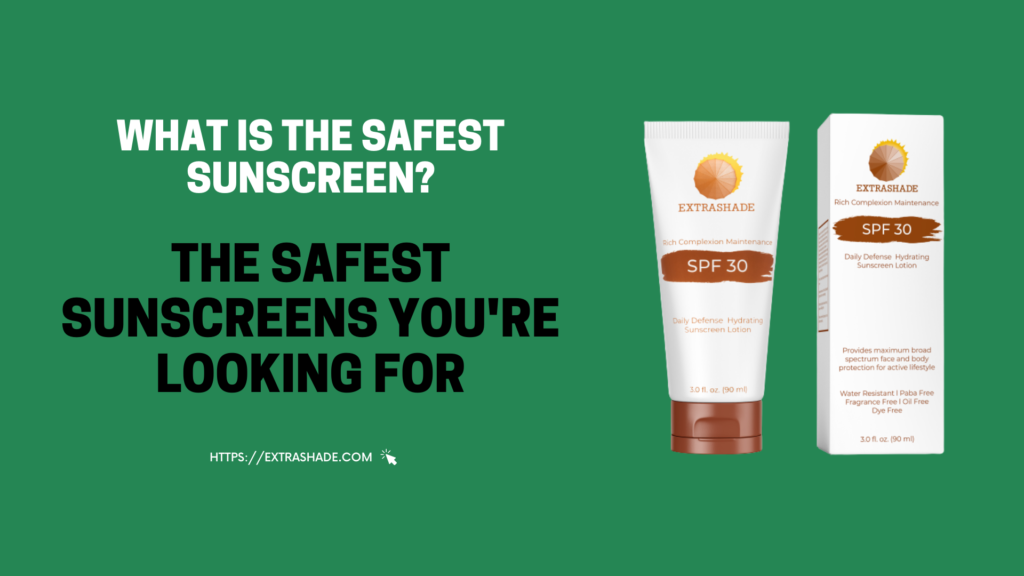For those unfamiliar with Oxybenzone, it is one of the few FDA-approved ingredients that provides effective broad-spectrum protection from UVB and UVA radiation, and has been approved for use since 1978. However, the truth about this active ingredient is often misunderstood. There are numerous reports from the EWG that proclaim how harmful it is for you. The purpose of this article is to clear up the negative connotation or misinformation people accept as facts.
One of the myths created by EWG is that Oxybenzone acts a possible hormone disruptor and potential skin irritant. The idea that it’s harmful comes from a study involving lab rats who were fed unrealistically large amounts of Oxybenzone. The EWG only reviews ingredient labels and related research — they don’t actually test the product formulations, nor do they employ photo biologists or physicians to weigh in on their findings. According to Darrel Rigel, M.D., clinical professor of dermatology at New York University Medical Center and spokesperson for the American Academy of Dermatology, it’d take the average sunscreen user — who uses half the recommended amount of sunscreen and covers only their face, arms and legs daily — 235 years to rack up a similar risk in the lab rats experiment.
A closer look at the proposed issues or the narrative on the internet regarding Oxybenzone shows there are no tests of the recommended use that have been done on actual humans to support these claims. It is also important to note that these lab rodents were exposed to large amounts more than the amount recommended for human use through ways not used by humans, namely the mouth. So these results only apply to rodents eating large amounts of Oxybenzone, not humans spreading an Oxybenzone-containing cream over their skin.
On the other hand, there is scientific research that supports the safety of Oxybenzone for human use. These confirm that sunscreen products formulated with 1-6% Oxybenzone do not possess significant sensitization potential and toxicity after topical application to the skin. The Scientific Committee on Consumer Products (SCCP) of the European Commission concluded in 2008 that it does not pose a significant risk to consumers.
The Environmental Working Group has been the most active in raising the sunscreen dangers alarm. But even they don’t deny the dangers of too much sun.
To maintain healthy and great looking skin, use your broad spectrum sunscreen daily.




